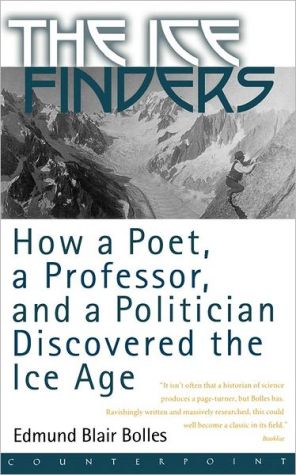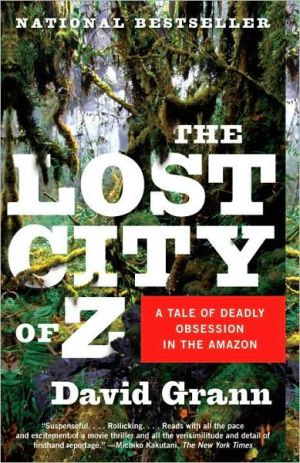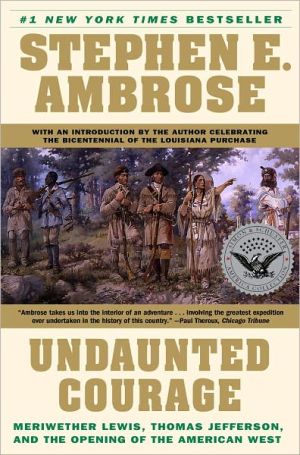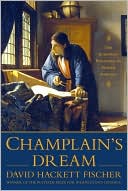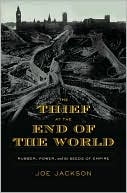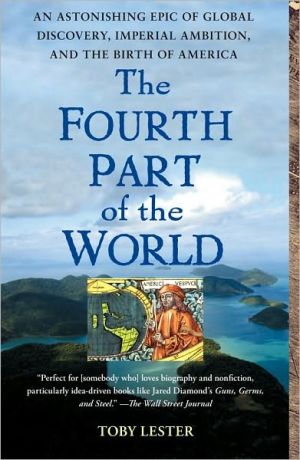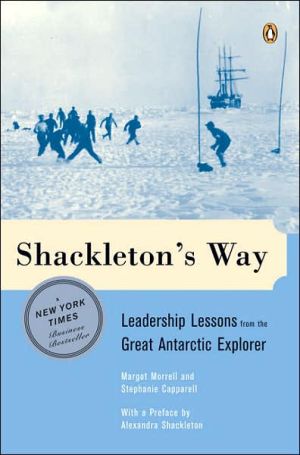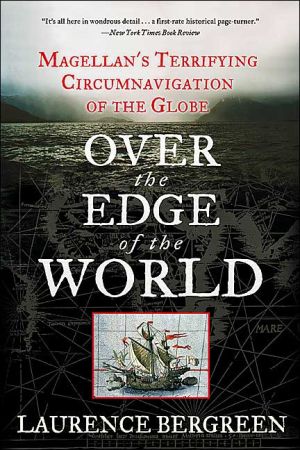The Ice Finders: How a Poet, a Professor, and a Politician Discovered the Ice Age
The surprising story of three ambitious men and how their clash of egos, ignorance, and imaginations led to the discovery of the Ice Age.\ Louis Agassiz (1807—1873), extraordinary Swiss scientist and professor, conceived of the Ice Age and then spent decades trying to persuade other scientists he had not gone mad. Charles Lyell (1797—1875) was his century’s most influential geologist and a master politician among his fellow scientists. His scientific principles said an Ice Age was impossible,...
Search in google:
The surprising story of three ambitious men and how their clash of egos, ignorance, and imaginations led to the discovery of the Ice Age.Louis Agassiz (1807—1873), extraordinary Swiss scientist and professor, conceived of the Ice Age and then spent decades trying to persuade other scientists he had not gone mad. Charles Lyell (1797—1875) was his century's most influential geologist and a master politician among his fellow scientists. His scientific principles said an Ice Age was impossible, even after his eyes showed him it was real. Elisha Kent Kane (1820—1857), an adventurer trapped for two winters at the top of Greenland, wrote a poetic description of a harsh and frozen landscape. His reports portrayed previously unimaginable great ice and set the stage for the story's unexpected outcome. Seattle Post-Intelligencer "Some say the world will end in fire, some say in ice," Robert Frost wrote. Edmund Blair Bolles doesn't opt for either of the poet's choices -- but his vibrant account of the resistance met by ideas that challenge our view of the world does remind us that in some respects 19th-century science hadn't advanced much further than Galileo and the Inquisition.
\ Seattle Post-Intelligencer"Some say the world will end in fire, some say in ice," Robert Frost wrote. Edmund Blair Bolles doesn't opt for either of the poet's choices -- but his vibrant account of the resistance met by ideas that challenge our view of the world does remind us that in some respects 19th-century science hadn't advanced much further than Galileo and the Inquisition.\ \ \ \ \ Publishers Weekly - Publisher's Weekly\ This is an entertaining, often irreverent, history of the scientific discovery of the Ice Age. Bolles is fascinated by the way in which scientific knowledge advances. He challenges the notion that it proceeds in a rational and orderly manner, always building on previous knowledge. People, he claims, "learn unsuspected things, pulling knowledge, like rabbits, from empty hats," and often, convincing scientists of a new idea is more a matter of politics than of science. As an example of this theory, he weaves together the biographies of three important players in the great Ice Age debate. Bolles focuses on Louis Agassiz, the naturalist who first theorized the Ice Age in 1837, but was unable to persuade the scientific community to accept his findings for almost 20 years. Second is Elisha Kent Kane, an adventurer and poet whose report on his journey to the north of Greenland in the 1850s provided the popular imagination with the vision of immense seas of ice at the Pole pouring great rivers of ice into the Atlantic and Greenland seas. Finally, Bolles writes of Charles Lyell, the great Scottish geologist whose book The Principles of Geology ignored the possibility that glaciers were capable of changing the earth's surface, and who resisted the notion of the Ice Age for many years after Agassiz had theorized about it. A master politician among his colleagues, once he was convinced of the theory, it became more widely accepted. Bolles claims that it was only the interaction among these three individuals, and many others who are mentioned in passing, that led to a lasting new understanding of the world in which we live. (Dec.) Copyright 1999 Cahners Business Information.\ \ \ Library JournalFor a long time, no one knew that most of the northern and southern hemispheres had once been covered by gigantic ice caps more than a mile thick. In the 1850s, geographers still argued over the possibility of an Open Polar Sea. Bolles, a writer with numerous science books to his credit, attributes the discovery of the Ice Age to three men, each of whom began his quest with wrong notions but put his own theories aside when alternate facts were presented: Louis Agassiz, a Swiss professor who first formulated the Ice Age theory but was considered crazy by other scientists; Charles Lyell, the 19th century's most renowned geologist, who theorized that icebergs were responsible for the geological formations of the past; and Elisha Kent Kane, an adventurer whose ship became trapped in the frozen waters of northern Greenland. It was Kane's poetic descriptions of "great ice," which allowed scientists and lay people to understand the concept of Ice Age glaciation. Exceptionally readable, Bolles's book is on a par with Dava Sobel's Longitude and James Watson's The Double Helix. Highly recommended.--Gloria Maxwell, Penn Valley Community Coll. Lib., Kansas City Copyright 1999 Cahners Business Information.\ \ \ \ \ BooknewsSwiss professor Louis Agassiz (1807-73) spent decades arguing that his conception of an Ice Age was not madness. Geologist and master politician Charles Lyell (1797-1875) tried to reconcile his own observations with scientific principles that made an Ice Age impossible. Adventurer and poet Elisha Kent Kane (1820-57) was trapped at the top of Greenland for two winters and portrayed a harsh and frozen landscape that made the Ice Age credible. Bolles, a prolific and popular science writer, tells the tale. Annotation c. Book News, Inc., Portland, OR (booknews.com)\ \
